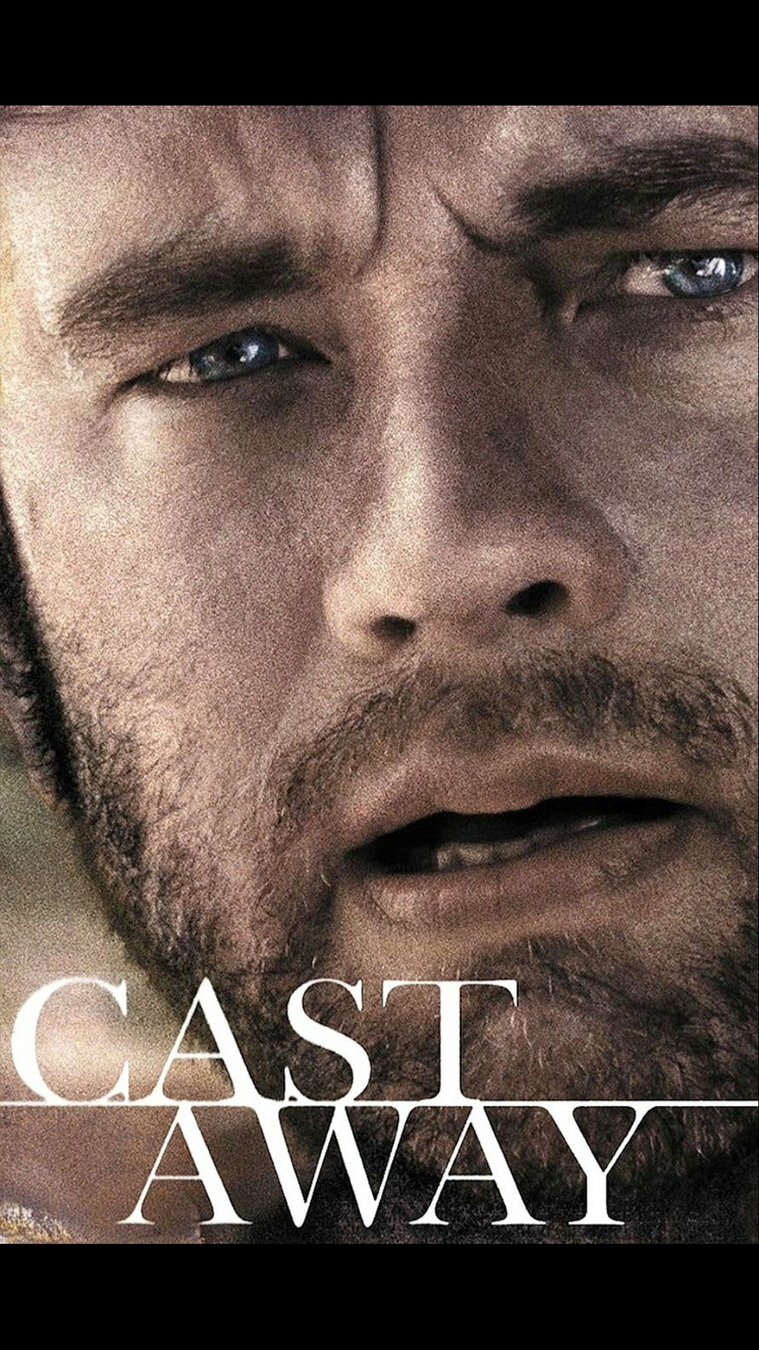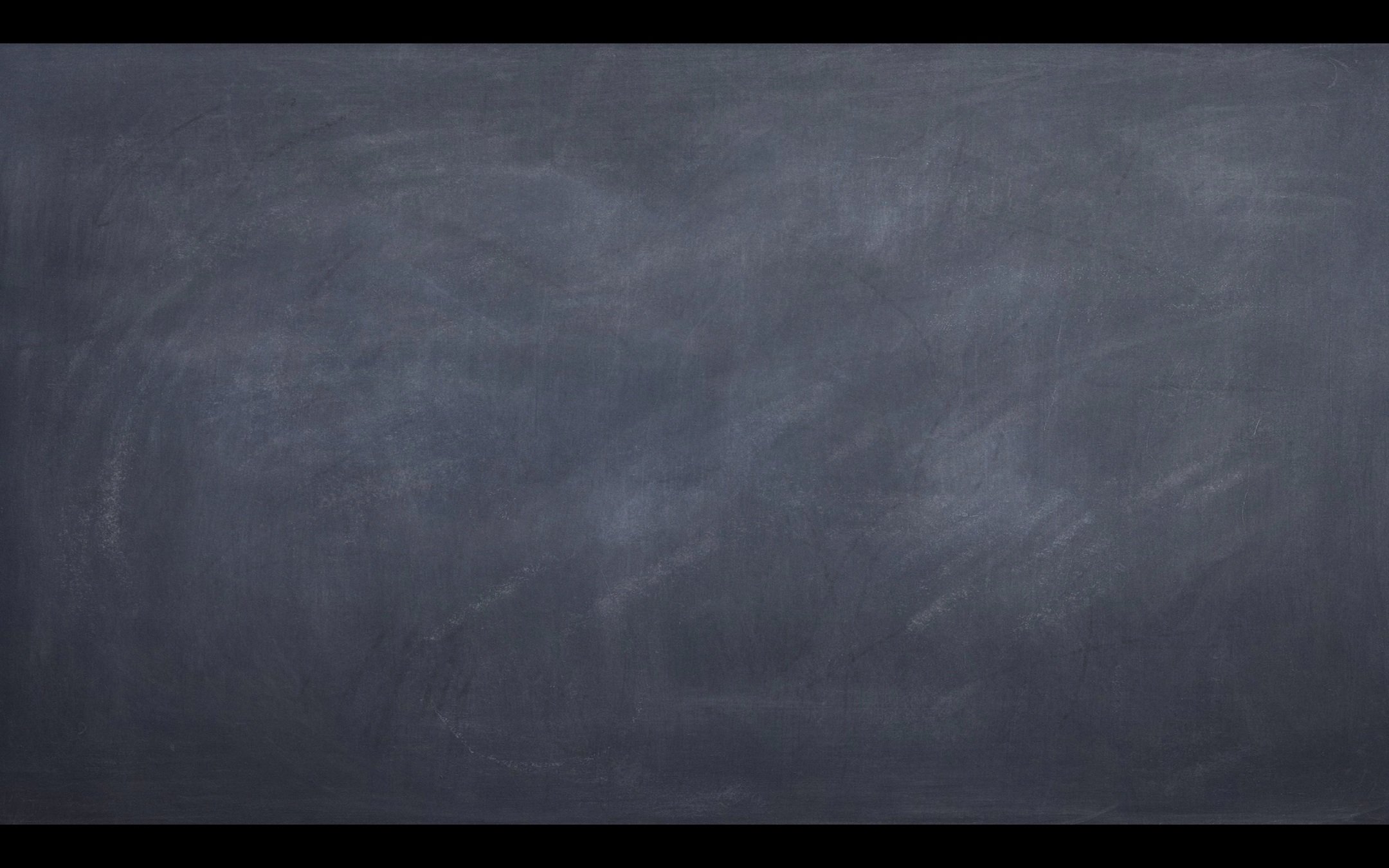The Neoclassical Model
Christopher Makler
Stanford University Department of Economics
(or, Econ 50: Lecture 32)
Econ 51: Lecture 6
Before we get started: another way to look at things from last time...
Global (gross) supply and global (gross) demand
Far out in the uncharted backwaters of the unfashionable end of the western spiral arm of the Galaxy lies a small unregarded yellow sun.

SCIEPRO/GETTY IMAGES
Orbiting this at a distance of roughly ninety-two million miles is an utterly insignificant little blue green planet whose ape-descended life forms are so amazingly primitive that they still think digital watches are a pretty neat idea.
This planet has — or rather had —
a problem, which was this:
😢
most of the people on it were unhappy for pretty much of the time.
Many solutions were proposed
for this problem...

...but most of these were largely concerned with the movements
of small green pieces of paper,
which is odd because on the whole
it wasn't the small green pieces of paper that were unhappy.


Resources
Technology
Stuff
Happiness
🌎
🏭
⌚️
🤓
The Real World
Demand
Supply
Equilibrium
🤩
🏪
⚖
Little Green
Pieces of Paper
Resources
Technology
Stuff
Happiness
🌎
🏭
⌚️
🤓
The Real World

Little Green
Pieces of Paper
- A change in the price of a good results in a movement along its demand curve
- A change in income or the price of other goods results in a shift of the demand curve
TR
TC
MR
MC
Take derivative and set = 0:
Solve for \(q^*\):
SUPPLY FUNCTION
"Keep producing output as long as the marginal revenue from the last unit produced is at least as great as the marginal cost of producing it."
"Keep hiring workers as long as the marginal revenue from the output of the last worker is at least as great as the cost of hiring them."
Profit as a function of output \(q\)
Profit as a function of labor \(L\)
So...how do firms choose a point along the PPF?
Consider a PPF with "guns" (military goods) and "butter" (civilian goods)
An international conflict increases the demand for guns. What effect does this have on the market for butter?
Step 1: The increased demand for guns raises the price of guns, thereby increasing the demand for labor by gun firms at every wage:
So, let's put this all together.
The increase in demand for guns leads to an increase in overall labor demanded, which leads to an increase in the wage rate.
What effect does this have on the supply curves of guns and butter?
Conditions for
GDP Maximization
TANGENCY CONDITION
CONSTRAINT CONDITION
Firms in industry 1 set \(w = p_1 \times MP_{L1}\)
Firms in industry 2 set \(w = p_2 \times MP_{L2}\)
How does competition achieve this?
Wages adjust until the
labor market clears

General Equilibrium
The Circular Flow
In our consumer theory, we've treated income as exogenous.
In our producer theory, we've treated wages as exogenous.
We've also assumed firms are maximizing profits, but haven't said where those profits go.
Crazy thought: what if the money firms pay for labor becomes the income of workers?
...and their profits become the income of the owners/shareholders of the firm?
Consumers
Good 1 Firms
Market for Good 1
Market for Good 2
Market for Labor
Good 2 Firms
Money flows clockwise
Goods, labor flow counter-clockwise
General Equilibrium: Everyone optimizes, all markets clear simultaneously.
Competitive Equilibrium
We sometimes call the autarky model the "centralized" model: if there were a single agent making a decision, what would they do?
Similarly, we call competitive equilibrium a "decentralized" model, because lots and lots of individuals are making small decisions that add up to what "society chooses"
1. Given prices \(p_1,p_2\), firms will choose the point \((Y_1^*,Y_2^*)\) along the PPF where \(MRT = \frac{p_1}{p_2}\)
2. All money received by firms \((p_1Y_1^* + p_2Y_2^*)\) will become income \(M\) for consumers.
3. Given prices \(p_1,p_2\) and income \(M\), the consumer will choose the point \((X_1^*,X_2^*)\) along the budget line where \(MRS = \frac{p_1}{p_2}\)
4. At equilibrium prices, markets clear (\(X_1^* = Y_1^*\) and \(X_2^* = Y_2^*\)) so \(MRS = MRT\).
5. In disequilibrium, there is a shortage in one market and a surplus in the other, pulling the system toward equilibrium.
Overview of General Equilibrium
1. Given prices \(p_1,p_2\), firms will choose the point \((Y_1^*,Y_2^*)\) along the PPF where \(MRT = \frac{p_1}{p_2}\)
2. All money received by firms \((p_1Y_1^* + p_2Y_2^*)\) will become income \(M\) for consumers.
3. Given prices \(p_1,p_2\) and income \(M\), consumers will choose the point \((X_1^*,X_2^*)\) along the budget line where \(MRS = \frac{p_1}{p_2}\)
Equilibrium in and Disequilibrium in the Short Run
If consumers and firms all face the same price, and if they choose the same quantity in response to that price, then MRS = MRT.
Let's Open It Up
(on the board from here on in...)
Econ 50 | 06 | The Neoclassical Model
By Chris Makler
Econ 50 | 06 | The Neoclassical Model
General equilibrium
- 269



